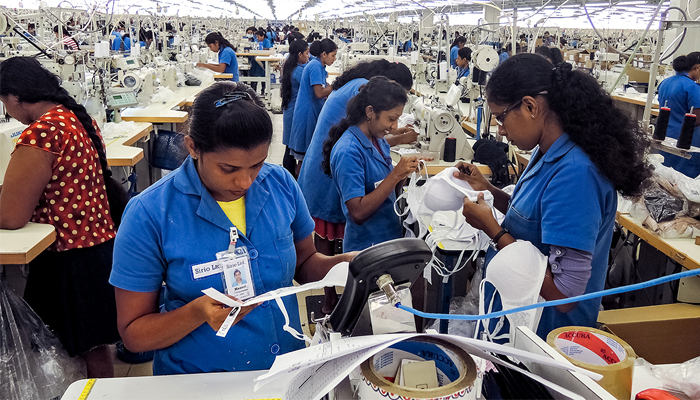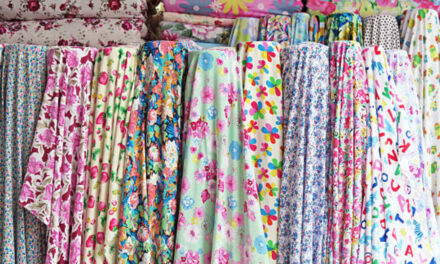Sri Lanka’s garment sector is confident that a restructuring of its production infrastructure and a new raft of trade agreements could boost exports beyond the $5 bn mark in 2018. Sri Lanka’s Joint Apparel Association Forum Secretary General Tuly Cooray said that the sector was considering a new business model for growth which is expected to provide a significant boost to exports. “We are planning to have a different approach to the apparel sector and to implement a new model of business to reach $5 bn exports this year,” he said. “As we enjoy the benefits of the GSP plus, 2018 will be the best year for the apparel sector.”
The country recorded $4.88 bn for apparel exports in 2017 and together with textile exports, the earnings crossed the $5 bn mark for the first time. “The sector recorded a negative growth in 2016 and was able to convert it to a positive 1.93 per cent growth by the end of last year.” Cooray said. “With the Anti-Dumping laws in place, entering into trade agreements will have far reaching benefits. However, we need to ensure products are competitive and have in place a structural adjustment program to facilitate this effort.” The country earns 43 per cent of its foreign exchange through apparel and textile exports. With the limited supply base, however, the apparel industry faces competition for labour.
The skills development aspect is given careful consideration and as there is a labour shortage in the sector, we need to encourage more youth to join the industry,” Cooray added. “Our co-competencies are rooted in Sri Lanka and we need to integrate the supply chain while meeting the needs of the international buyers. “As most of the competing countries including Bangladesh, Vietnam, India, Indonesia, China and Ethiopia are producing for international markets, we should understand the change of the circumstances and work accordingly. “We have undertaken a serious survey on the perception of society towards the apparel sector workforce. The outcomes of this survey will be made use for image building. As we are responsible for the social stigma attached to the industry, we need to seriously address this situation if we are to attract new blood in to the industry for its long run.”
Sri Lanka is also hoping to convince India to remove the existing quota system for the apparel industry and instead requesting a $500 mn worth trade deal. Negotiations are currently underway between the two countries to ascertain whether the existing quota system for the sale of garments to India that is limited to eight million pieces annually worth $30 mn could be altered to a higher $500 mn worth, value-based system. These negotiations are said to be part of the Economic and Technological Cooperation Agreement (ETCA) discussions between Sri Lanka and India.
Sri Lanka Apparel Exporters Association (SLAEA) Chairman Felix Fernando said that the industry has already exhausted this year’s quota. However, India’s burgeoning middle class is increasingly keen on branded apparel with Sri Lankan knitwear producers confident that they can cater for a segment that is increasingly looking at quality purchases.



















